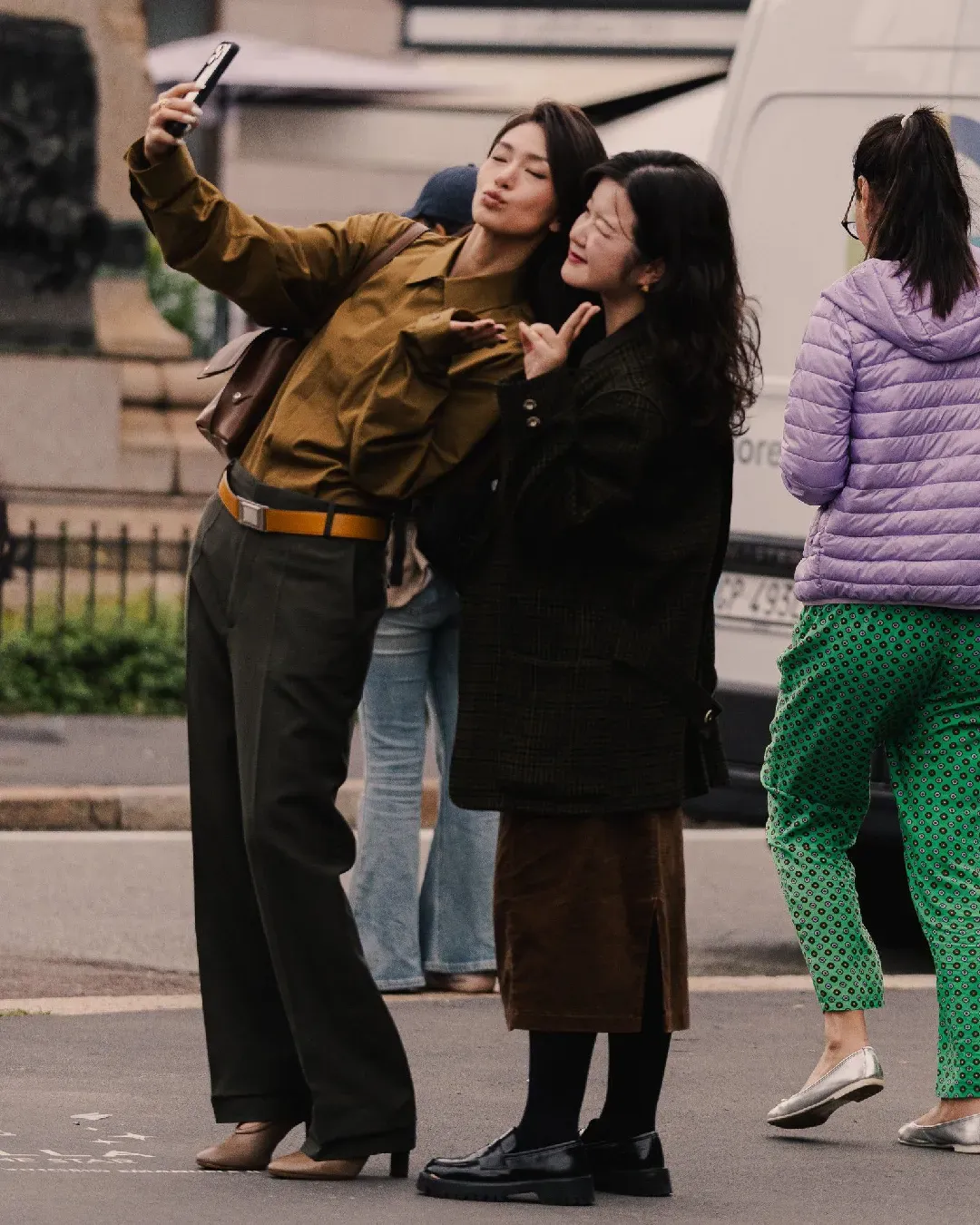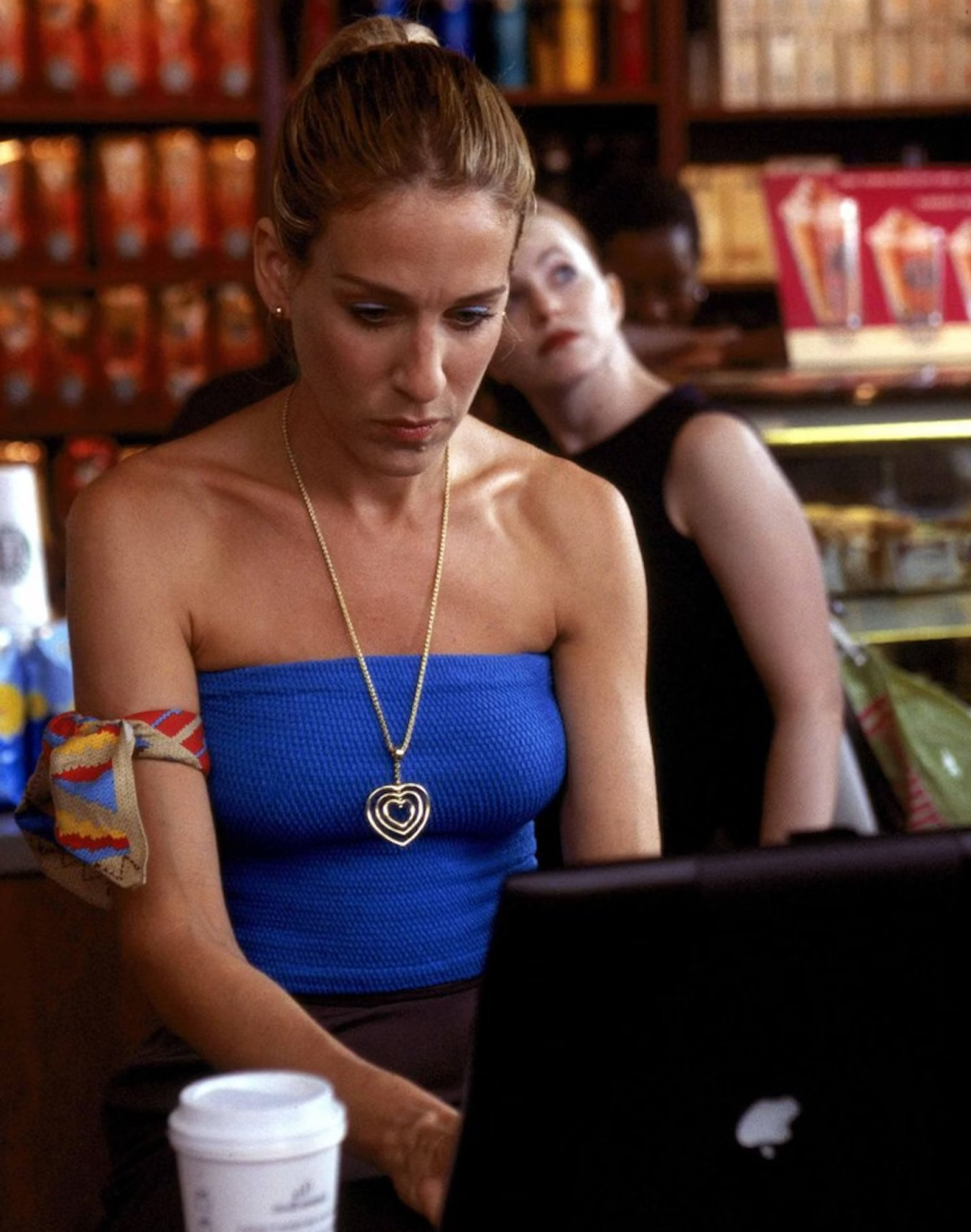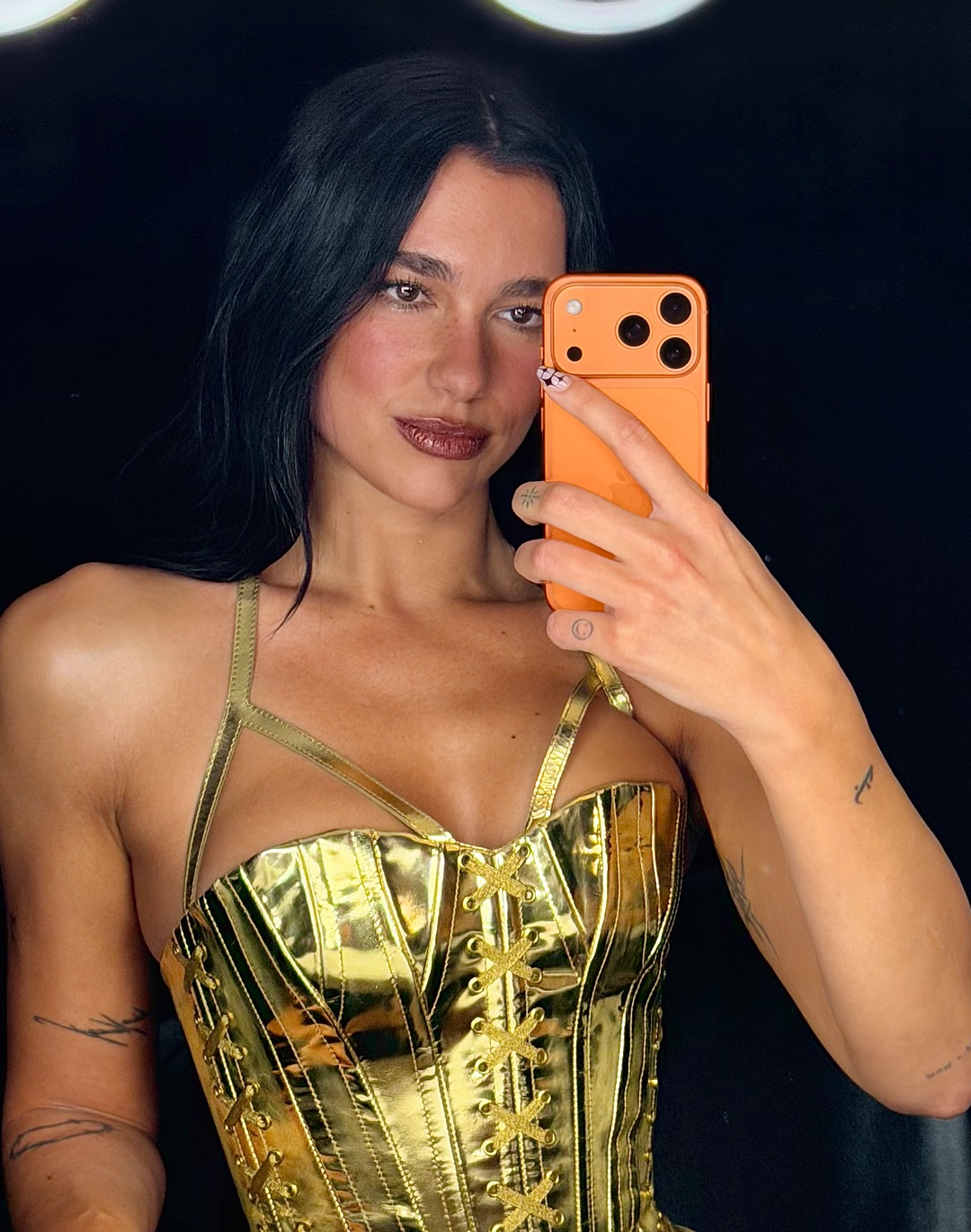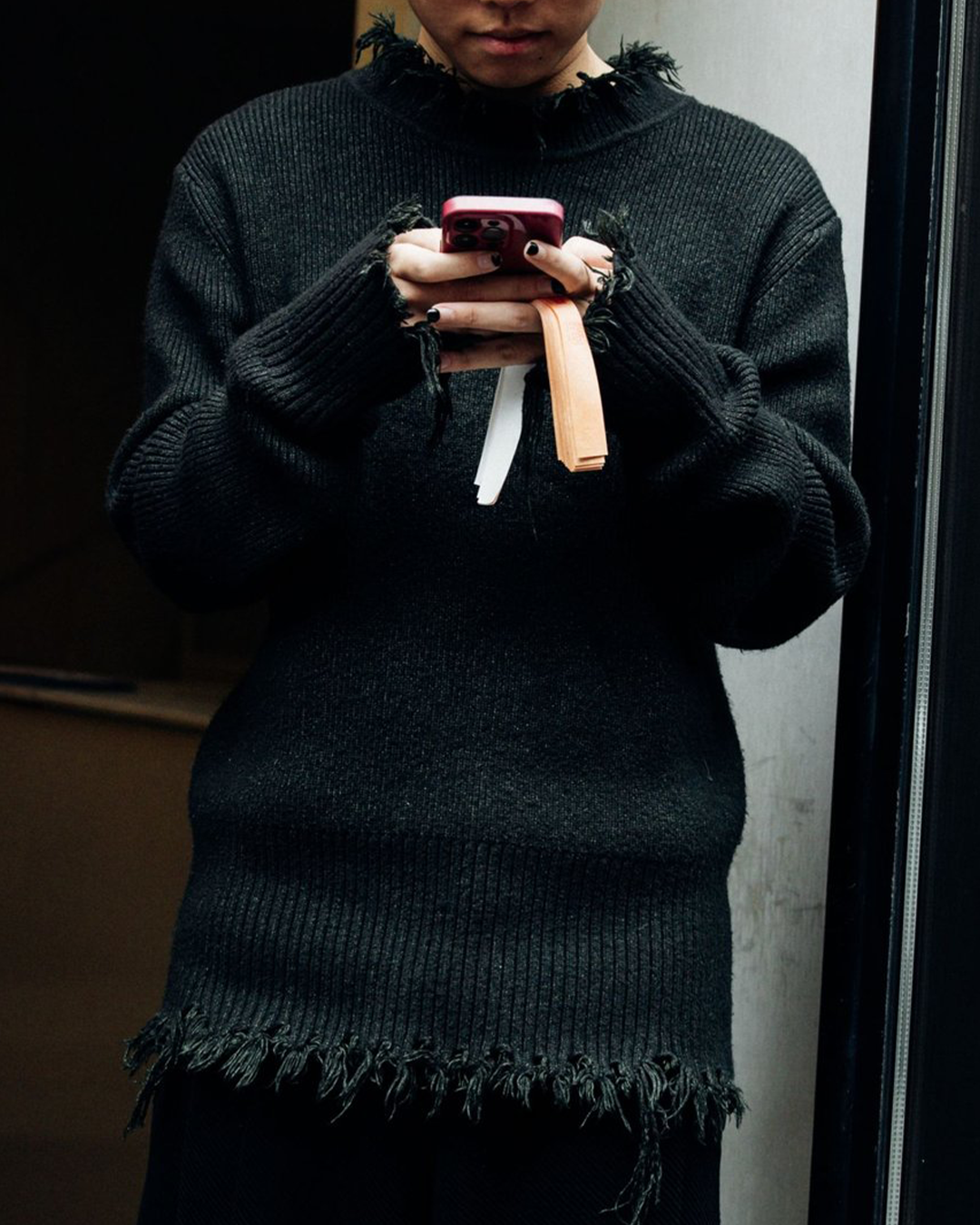
Why Apple Vision Pro might fail And what Google's unsuccessful attempts teach us
The interest and buzz surrounding Vision Pro by Apple is reminiscent of past excitement over other smart glasses. In some cases, the launch of these devices turned out to be a failure: even those that have made it to the present day have never really taken off. Several major tech companies have long been producing smart glasses and augmented reality headsets, such as Snap's Spectacles or those born from the collaboration between Ray-Ban and Meta. These products offer a middle ground between the total immersion typical of Apple Vision Pro and the more minimal approach of another product that has somewhat made history in the realm of smart glasses. These are the Google Glass: despite being a failure, they are now considered a pioneering device, which among other things suffered from perhaps being too ahead of its time. Vision Pro, on the other hand, has been praised for its technological features, with some reservations. Despite hitting the entertainment aspect, which allows for watching movies or other content from streaming platforms, observers agree that this new device should be considered as a first step towards a new way of using smartphones and computers, as well as their respective interfaces. However, its price, at $3500, is considered a major obstacle to its widespread adoption, much like it has been for various smart glasses launched in the past.
Will Apple Vision Pro Meet the Same Fate as Google Glass?
Guy using Apple Vision Pro on NYC subway. pic.twitter.com/fD59YC5xIn
— Daily Wow Hub (@DailyWowHub) February 7, 2024
Google Glass failed also because they ended up being perceived as an elitist product, as well as being uncomfortable and aesthetically unattractive. From the outset, they divided the company's team: some thought they were a device to be worn all day long, while others envisioned a more restricted use, limited to the workplace. Even the release of Vision Pro was accompanied by a series of internal criticisms at Apple, unusual for the pioneering company. The product, which seems to have been strongly desired by CEO Tim Cook, was intended for indoor use, but since the official launch of the glasses, clips of users using them in public places have gone viral, generating various criticisms against Apple. The same thing happened with Google Glass: a year after the product's launch, in 2013, the derogatory term "glasshole" spread, used to describe those who wore them outdoors. The outrage was such that in San Francisco, some people wearing them were even attacked by passersby. One of the reasons concerned privacy, specifically the lack of indicators to signal when the user was using the camera to record videos. For this reason, the use of Google Glass was banned in UK cinemas, and some drivers were fined for using them while driving. Before becoming a failure, this first version of smart glasses was initially met with enthusiasm: they were included in the list of best inventions of 2012 by Time magazine, and the US edition of Vogue dedicated a special of over ten pages to them.
Are Smart Glasses About Fashion?
Google Glass: Fashion specs revealed
— I Need A Mobile (@INeedAMobile) August 3, 2014
Diane Von Furstenberg–designed versions of smart glasses revealed. pic.twitter.com/Xju6PDPVnW
Google Glass were presented as a fashion accessory rather than a technological gadget. During the New York Fashion Week in 2012, Google co-founder Sergey Brin participated in Diane von Furstenberg's fashion show wearing a pair of them; the same was done by the models on the runway and the designer herself. The event, not coincidentally, was part of the product launch campaign. Designed for augmented reality and capable of adding digital elements to what was seen, Google Glass consisted of three main elements: an external camera, a small screen, and a touchpad with which the device could be activated and interacted with, through the voice command "Ok Glass". The first prototype of Google Glass weighed more than 3 kilograms and was difficult to use, later it was lightened to make it less heavy than traditional sunglasses and to give it a more minimal appearance: a review from the technology site The Verge praised the product's «Apple-worthy design». Vision Pro weighs 650 grams, is worn using an elastic band, and the shared impression from various reviews is, however, that of wearing something akin to a ski mask: once again, the bulkiness and weight are noted as potential issues that the company will have to somehow address if it wants to see its product take off.















































